
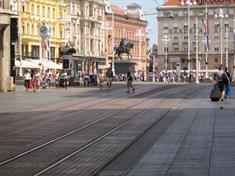
1. Plaza Ban Jelačić - es la plaza principal de Zagreb y está rodeada de edificios históricos. Es un[...]
Capital de Croacia, desbordante centro cultural con iglesias, museos de arte y el Teatro Nacional.Te[...]
/FOTOCIUPRIN20190926232614929DubrovnikRagusa.jpg)
Dubrovnik es una ciudad del sur de Croacia frente al mar Adriático. Es conocida por su característic[...]
Ciudad costera de Croacia con una Ciudad Antigua amurallada, playa Banje, galerías de arte y catedra[...]
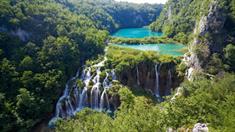
Parque nacional conocido por sus lagos, bosques alpinos, cascadas y cuevas, además de rutas de sende[...]
Reserva forestal con 16 lagos conectados por cascadas y amplias rutas y senderos.Te recomendamos via[...]
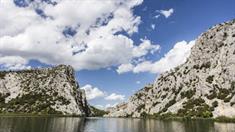
Reserva natural con senderos, cascadas, paseos en barco y las ruinas de un castillo y un monasterio.[...]
Reserva natural croata conocida por la cascada de Skradinski Buk, la isla de Visovac y el monasterio[...]
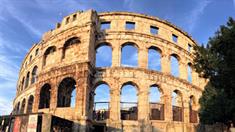
Istria es la mayor península del mar Adriático. Se encuentra localizada entre el golfo de Trieste y [...]
Vino, ciclismo, cueva, playa, viña y iglesia
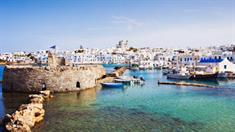
Popular bosque montañoso protegido, con 2 picos de más de 1700 metros, ideal para escalado[...]
Parque nacional croata con senderos, cañones Velika y Mala Paklenica, y murciélagos en la cueva Mani[...]
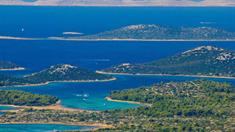
Parque, navegación a vela y acantiladoTe recomendamos viajar entre el 10–17 oct. para obtener un bue[...]
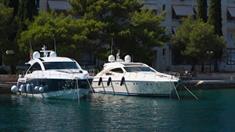
Islas Brioni son un grupo de catorce islas pequeñas pertenecientes a Croacia, que están en la parte [...]
Parque, villa romana, safari y golf
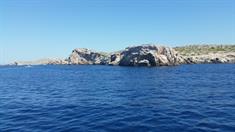
La Isla Kornat es una isla en la parte croata del mar Adriático, en el centro de Dalmacia. Con una s[...]
Navegación a vela, parque y acantiladoTe recomendamos viajar entre el 10–17 oct. para obtener un bue[...]
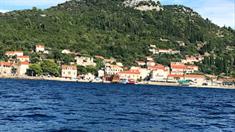
Navegación a velaTe recomendamos viajar entre el 5–12 oct. para obtener un buen precio
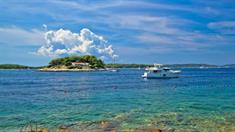
Navegación a vela y playaTe recomendamos viajar entre el 10–17 oct. para obtener un buen precio
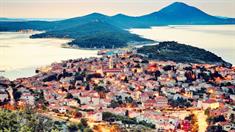
Lošinj o Lussino es una isla istriana con actual soberanía croata ubicada en el norte del mar Adri[...]
Isla del norte de Croacia con el puerto Mali Lošinj, la cima de Televrina y la estatua Apoxyomenos.
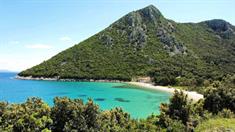
La península de Pelješac o de Sabbioncello es una larga y estrecha península de la Dalmacia, en la m[...]
Vino, playa, viña, ostra y cata de vinosTe recomendamos viajar entre el 5–12 oct. para obtener un bu[...]
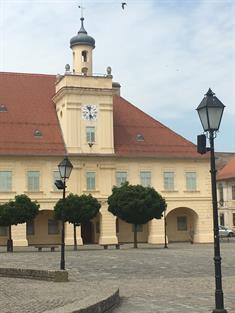
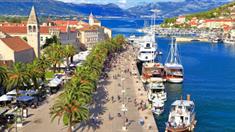
Trogir es un puerto y ciudad histórica en la costa del mar Adriático, en la región de Split-Dalmacia[...]
Ciudad insular croata con su centro antiguo intacto, la catedral de San Lorenzo y palacios.Te recome[...]
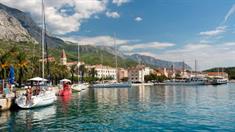
Makarska o Macarsca es una localidad en la costa adriática de la Dalmacia, en Croacia, a unos 60 km.[...]
Ciudad portuaria croata con la Makarska Riviera y la reserva natural del Biokovo con la cima Sveti J[...]